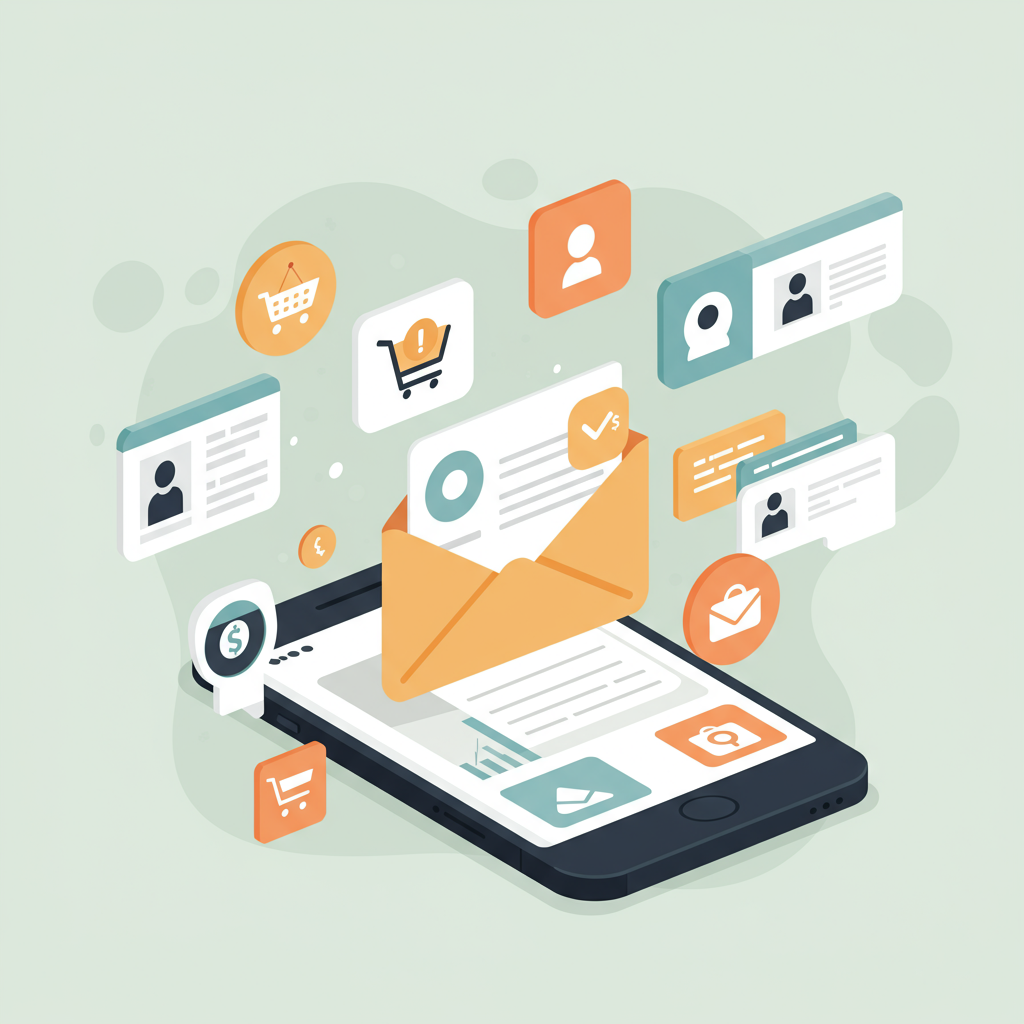Mastering the art of connecting with your customers and driving sales through strategic email campaigns.
As a merchant navigating the ever-evolving landscape of e-commerce, I often hear questions about the relevance of email marketing. In 2025, let me assure you, email is not just relevant; it’s more powerful than ever, especially for Shopify store owners.
While social media platforms come and go, and algorithms constantly shift, your email list remains your most valuable owned asset. It’s a direct line to your customers, free from third-party interference.
My goal today is to walk you through the essential strategies and tips that will help you leverage Shopify email marketing to its fullest potential in the coming year. We’ll cover everything from foundational principles to advanced tactics.
The first, and arguably most critical, step is building a high-quality email list. Forget about buying lists; they’re ineffective and can harm your sender reputation. Focus on organic growth.
I recommend implementing various opt-in strategies on your Shopify store. This includes prominent sign-up forms in your footer, pop-ups (timed or exit-intent), and dedicated landing pages.
Consider offering an incentive for signing up, such as a first-purchase discount, exclusive content, or early access to sales. This significantly boosts conversion rates for new subscribers.
Once you have subscribers, the next crucial step is segmentation. Sending generic emails to your entire list is a recipe for low engagement. Personalization starts with understanding your audience.
I segment my lists based on various criteria: purchase history (first-time buyers, repeat customers), browsing behavior (viewed specific products, abandoned carts), demographics, and even engagement levels.
For instance, a customer who frequently buys skincare products should receive different offers than one who only purchases electronics. Shopify’s robust data makes this segmentation relatively straightforward.
Now, let’s talk about automation – the backbone of efficient email marketing. Automated email flows save you time and ensure timely, relevant communication with your customers.
The Welcome Series is non-negotiable. This is the first impression you make after someone subscribes. I typically set up a sequence of 2-3 emails over a few days.
The first welcome email should thank them, introduce your brand story, and perhaps reiterate the sign-up incentive. Subsequent emails can highlight best-sellers, share customer testimonials, or explain your unique selling proposition.
Next, the Abandoned Cart Recovery flow. This is pure gold for Shopify merchants. Customers often get distracted; a gentle reminder can bring them back to complete their purchase.
My abandoned cart strategy involves a series of 2-3 emails: an immediate reminder, a follow-up with a small incentive (e.g., free shipping), and a final urgency-driven message.
Post-Purchase Flows are equally vital for building loyalty and encouraging repeat business. Don’t just disappear after the sale!
I use post-purchase emails to thank the customer, provide order details, offer care instructions for the product, and then, strategically, recommend complementary products or ask for a review.
Beyond automation, true personalization is where email marketing shines in 2025. This goes beyond just using a customer’s first name.
Leverage dynamic content based on their browsing history or past purchases. If they looked at a specific product but didn’t buy, show them related items or offer a limited-time discount on that product.
I’m increasingly exploring AI-driven personalization tools that integrate with Shopify. These tools can analyze vast amounts of data to predict what a customer is most likely to buy next, tailoring product recommendations with incredible accuracy.
To continually improve, I always emphasize A/B testing. Never assume what works best. Test everything: subject lines, call-to-action buttons, email layouts, and even the timing of your sends.
Analyzing your email marketing metrics is crucial. I regularly review open rates, click-through rates, conversion rates, and unsubscribe rates to understand what resonates with my audience and what needs adjustment.
Don’t forget about re-engagement campaigns for inactive subscribers. If someone hasn’t opened an email in 6-12 months, send a “we miss you” email with a compelling offer to try and win them back before segmenting them out.
Staying compliant with data privacy regulations like GDPR and CCPA is paramount. Always ensure your opt-in processes are clear and your data handling practices are transparent. Deliverability is key; avoid spam triggers.
Looking ahead to 2025, I anticipate even greater integration of AI in email marketing, from automated content generation to predictive analytics that optimize send times and personalize offers at scale.
Interactive emails, using technologies like AMP for Email, are also on my radar. Imagine customers completing a survey or adding items to their cart directly within the email itself – that’s the future.
I’m also focusing on collecting more zero-party data – data that customers intentionally and proactively share with me. This could be through quizzes, preference centers, or surveys, allowing for even deeper personalization.
Shopify’s app store offers a plethora of excellent email marketing platforms that integrate seamlessly, such as Klaviyo, Omnisend, and Mailchimp. Choose one that fits your budget and feature requirements.
My advice to any Shopify merchant is to start simple with the core automations and then gradually build out more sophisticated campaigns as you gain confidence and data. It’s an iterative process.
What do you think about these strategies for Shopify email marketing in 2025? I’d love to hear your thoughts and experiences.
Remember, email marketing isn’t just about sending messages; it’s about building relationships, fostering loyalty, and ultimately, driving sustainable growth for your Shopify store.
Invest in your email strategy now, and you’ll reap significant rewards in the years to come. It’s your direct line to success.






